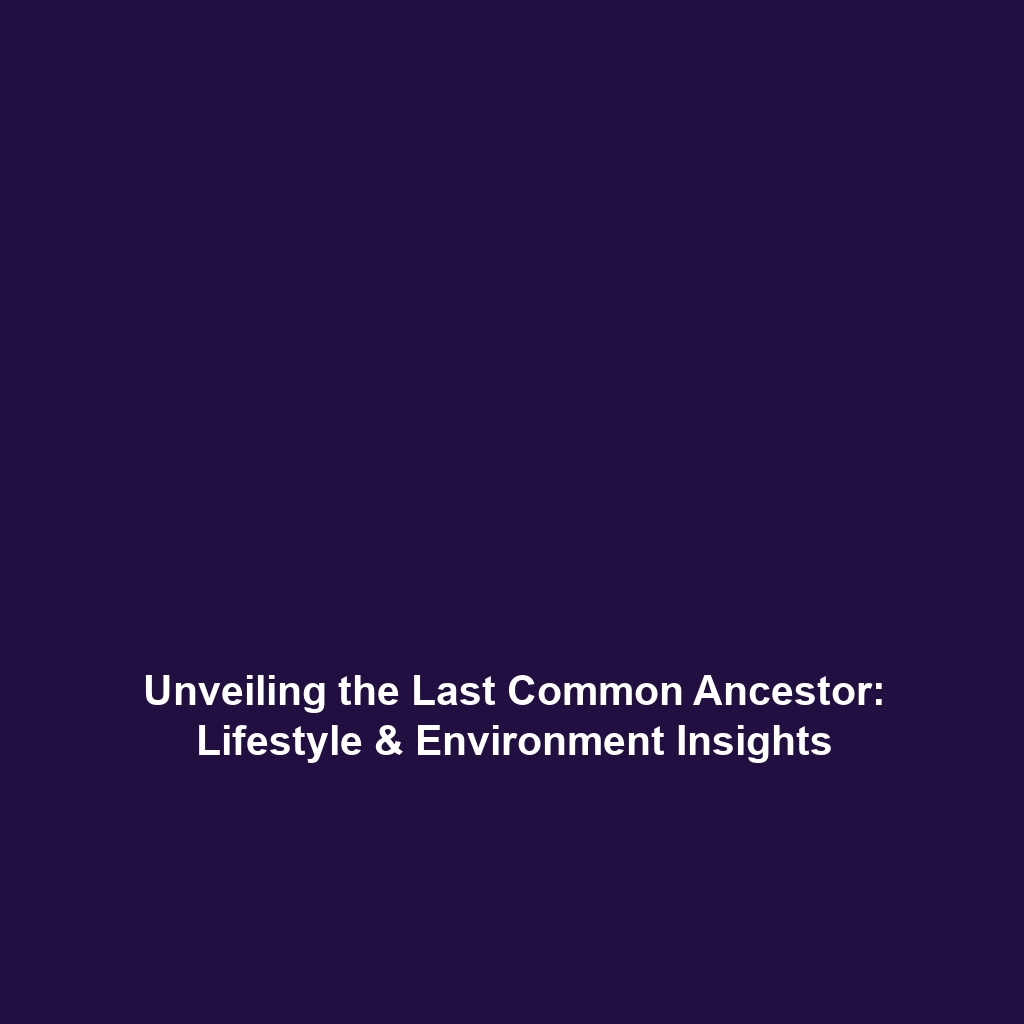Significance of Early Bipedalism in Human Evolution
Introduction
Early bipedalism marks a pivotal phase in human evolution, signifying a transition not only in locomotion but also in cognitive and social development. Understanding this shift provides critical insights into how our ancestors adapted to changing environments and illustrates the evolutionary advantages conferred by upright walking. This article delves into the significance of early bipedalism within the broader context of human evolution, unraveling the complexities associated with our evolutionary past.
Key Concepts
Defining Bipedalism
Bipedalism refers to the ability to walk on two legs, which sets humans apart from most other primates. This adaptation is believed to have evolved for several reasons:
- Increased mobility across diverse terrains
- Ability to spot potential predators
- Facilitation of tool use and carrying objects
Bipedalism and Evolutionary Biology
The emergence of bipedalism had profound implications for the development of the human brain and social structures. This change is intricately tied to brain size increase and the evolution of complex communication, highlighting how early bipedalism plays a crucial role in the narrative of human evolution.
Applications and Real-World Uses
The significance of early bipedalism extends beyond theoretical discussions; it has practical implications in several fields:
Applications in Anthropology
Understanding how early bipedalism is used in anthropology helps researchers reconstruct human evolutionary pathways and establish the physiological and behavioral traits of early hominins. For instance:
- Fossil analysis provides insights into gait and locomotion.
- Insights into past environments aid in understanding human adaptability.
Current Challenges
Despite advancements in the study of bipedalism, several challenges persist, such as:
- Lack of complete fossil records complicating the understanding of evolutionary timelines.
- Difficulty in establishing definitive links between bipedalism and specific behavioral changes.
- Research biases influenced by modern human perspectives.
Future Research and Innovations
Future research in the field of early bipedalism and human evolution is promising, focusing on:
- Advanced imaging technologies to analyze fossils.
- Genomic studies linking physiology with evolutionary traits.
- Environmental modeling to understand adaptive strategies.
Conclusion
In conclusion, the significance of early bipedalism is a cornerstone in the study of human evolution, reflecting adaptive strategies that shaped our species. Understanding this aspect not only enriches our knowledge of anatomical and behavioral evolution but also underpins the importance of multidisciplinary approaches in anthropological research. For further exploration, visit our related articles on human genetics and evolutionary biology.


